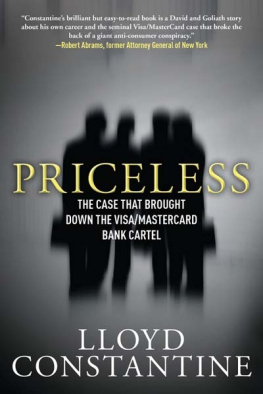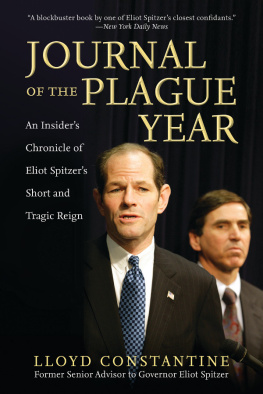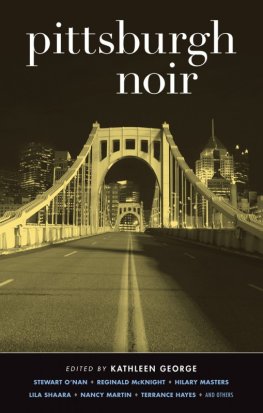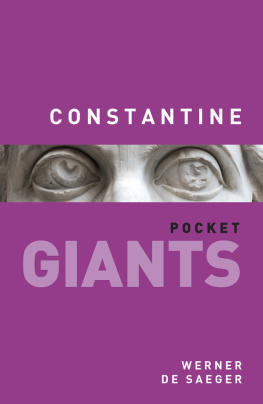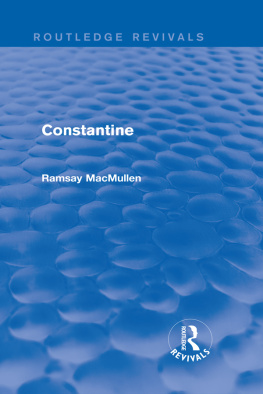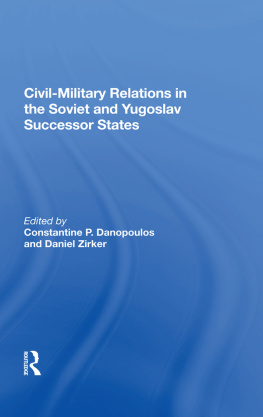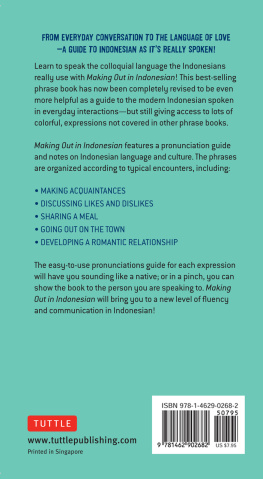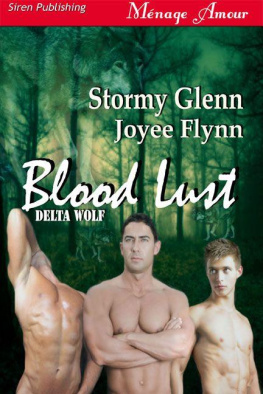PRICELESS
The Case that Brought Down the
Visa/MasterCard Bank Cartel
by
Lloyd Constantine

Copyright 2009, 2012 by Lloyd Constantine
All Rights Reserved. No part of this book may be reproduced in any manner without the express written consent of the publisher, except in the case of brief excerpts in critical reviews or articles. All inquiries should be addressed to Skyhorse Publishing, 307 West 36th Street, 11th Floor, New York, NY 10018.
Skyhorse Publishing books may be purchased in bulk at special discounts for sales promotion, corporate gifts, fund-raising, or educational purposes. Special editions can also be created to specifications. For details, contact the Special Sales Department, Skyhorse Publishing, 307 West 36th Street, 11th Floor, New York, NY 10018 or info@skyhorsepublishing.com.
Skyhorse and Skyhorse Publishing are registered trademarks of Skyhorse Publishing, Inc., a Delaware corporation.
www.skyhorsepublishing.com
10 9 8 7 6 5 4 3 2 1
Library of Congress Cataloging-in-Publication Data is available on file.
ISBN: 978-1-61608-375-5
eISBN: 978-1-62087-549-0
Printed in the United States of America.
This book and the work it chronicles are dedicated to
Jan, Isaac, Sarah, Elizabeth, Connie, and Edna.
They are the reason for my life.
TABLE OF CONTENTS

PROLOGUE
An Expensive Dinner
for MasterCard

T HE NIGHT OF July 10, 1989, I hosted a buffet dinner at my Manhattan apartment for my fellow assistant attorneys general from fourteen states. Everyone assembled on West Sixty-Sixth Street for my mostly green banquet of chili, broccoli soup, salad, tabouleh, and pasta with pesto. Although the get-together at my place was intended to be social, allowing me to show off my wife and kids and our views of Central Park and the Chagall windows of the Metropolitan Opera House to colleagues from cities like Baton Rouge and Austin, the dinner conversation was dominated by a discussion of the credit card giants, Visa and MasterCard, whose combined market share was more than 95 percent. These companies had announced the merger of their separate debit card networks, forming a new joint network called Entree. The general opinion was that this debit card merger was designed to dominate that fledgling but inevitably huge business and destroy competing debit card networks like NYCE, MAC, STAR, and Shazam.
The fourteen states had responded to the announcement of the merger with a letter stating their intent to sue Visa and MasterCard. As head of the task force that coordinated antitrust enforcement for all fifty states, I was lead counsel of the team. The investigation that had led up to that day had taken sixteen months, and we were now ready to act. The lawsuit we would soon file against Visa and MasterCard was not merely the culmination of that sixteen-month probe: It was the tangible result of nearly a decade of work. That night, we talked about the progress that the states had made in our efforts to fill the void created by the Reagan administrations virtual abdication of antitrust enforcement. Many of my dinner guests had participated in every step of this effort.
A full-day meeting with Visa had occurred that day, and a similar meeting with MasterCard was scheduled for the next day. Meetings like those we were holding with the bankcard associations are usually offered to target companies prior to civil suit or indictment. They rarely change anything but are used by both sides as an opportunity to learn something from the other side prior to formal hostilities. These particular meetings, however, wound up changing the entire course of dealings between me and the targets, and especially with MasterCard.
The meeting earlier that day with Visa had been polite, if inconsequential. Most of it had been consumed by Visas substantially and sadly accurate explanation of how the symbiotic relationship between Visa and MasterCard and the lack of real competition between them was the product of antitrust enforcement decisions made by our counterparts in the Federal Antitrust Division. By 1989, the antitrust laws had been sapped of much of their vitality. After eight years, in which Reagan administration antitrust officials had systematically dismantled the enforcement agencies and waged a campaign in Congress and the courts to trivialize the law, state attorney general (AG) enforcement, which I coordinated, was the last and only line of defense. Visa predicted that if the state AGs were to try to break up the Entree joint venture, we would failas the many previous antitrust suits against Visa and MasterCard had.
At 11:00 PM that night, after my dinner with the other Assistant AGs and hours before a scheduled meeting with MasterCard, Tim Cone, a young colleague, called to tell me about a conversation he had overheard at former baseball star Rusty Staubs new restaurant on Fifth Avenue. Tim, his fiancee Diana, and his father Terry Cone, a senior partner at the Cleary Gottlieb law firm, heard three men discussing the meeting they were going to have with me the next day. The men said that an investigator would be hired to uncover something about me that I wouldnt want revealed and that they would threaten to expose me unless I backed off MasterCard.
From Tims description, I was reasonably sure that one of the three men was Bob Norton, MasterCards general counsel, and that another was Stanley Robinson, a senior antitrust partner at the Kaye Scholer law firm. I told Tim that I didnt take the conversation seriously and considered it macho dinner bluster, perhaps fueled by alcohol. Tim put Terry Cone on the phone, who related the same story and told me that the discussion about the investigator had come in the middle of a sober, serious, and straight-faced discussion of legal issues and tactics that would be used to defend MasterCard. He said he had practiced law for many years, knew what he had heard, and was positive that the men were serious about their plan to investigate and then threaten me.
I called my boss, New York Attorney General Bob Abrams, and we convened a midnight conference call with Mary Ellen Burns, the chief of the AGs Public Advocacy Division, and Jack Ryan, our chief of criminal prosecutions, who had skillfully conducted the highly publicized Tawana Brawley grand jury investigation, involving sensationalized allegations of sexual abuse and mistreatment of a teenage African-American girl by white police and prosecutors in an upstate New York community. We agreed that I should call back the Cones and ask whether they would identify the three men prior to the meeting. I also asked them immediately to memorialize the conversation they had overheard, without further discussing it. They agreed to do this. The Cones also told me that the men had agreed to walk out of the meeting at exactly 12:30 PM and say that there was nothing more to discuss.
The next day, prior to the meeting, the three MasterCard lawyers were identified by Tim Cone, who was positioned behind a glass barrier where he could see, but not be seen from, inside the room where he was positioned. Then the meeting began. In contrast to the previous days meeting with Visa, the session with MasterCard was aimless. The three MasterCard lawyers talked and joked with each other and broke four times in just two and a half hours. At precisely 12:30 PM they got up, and Bob Norton said that the meeting was over because there was nothing further to discuss. I realized that the Cones were probably correct about what they had heard the night before.

